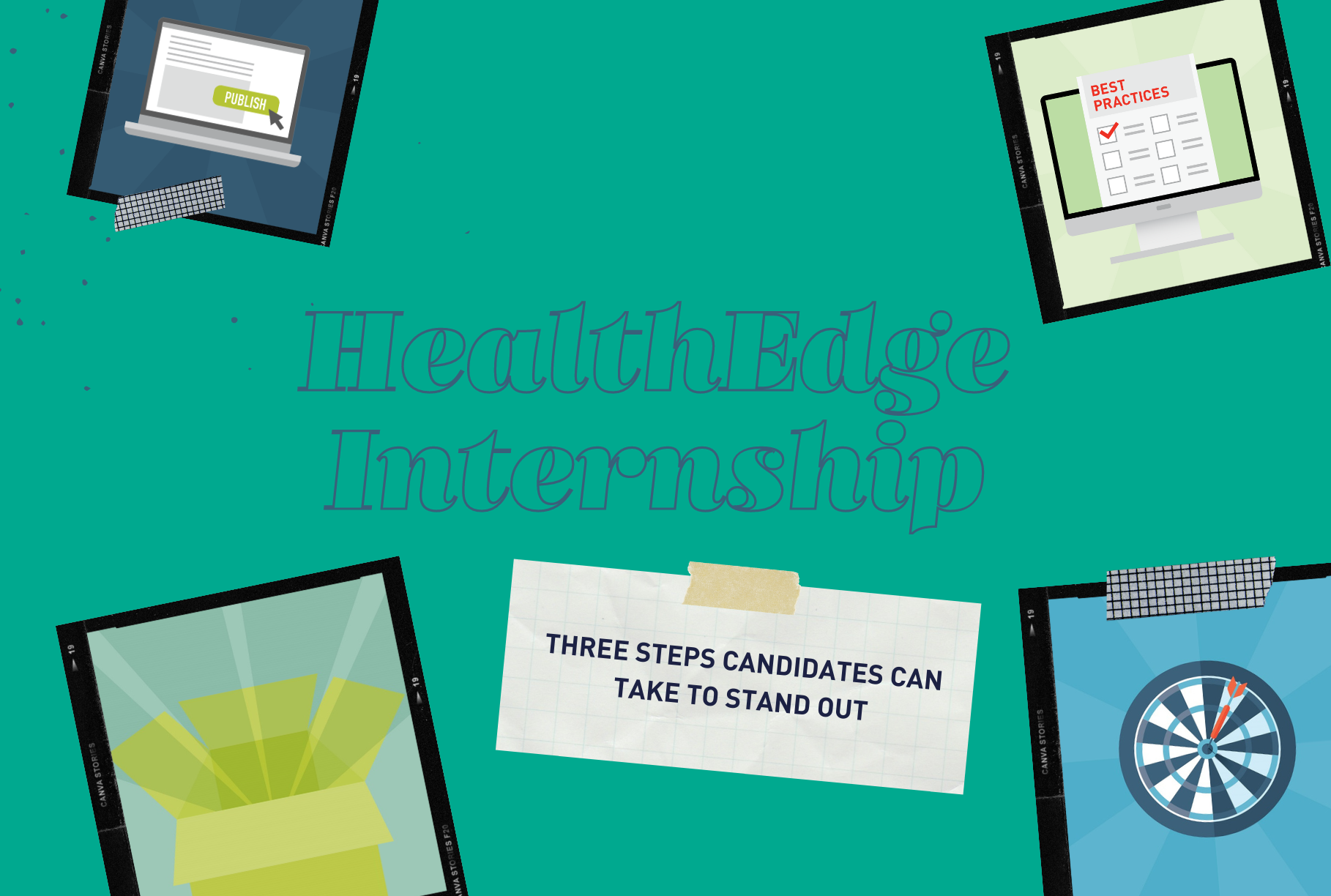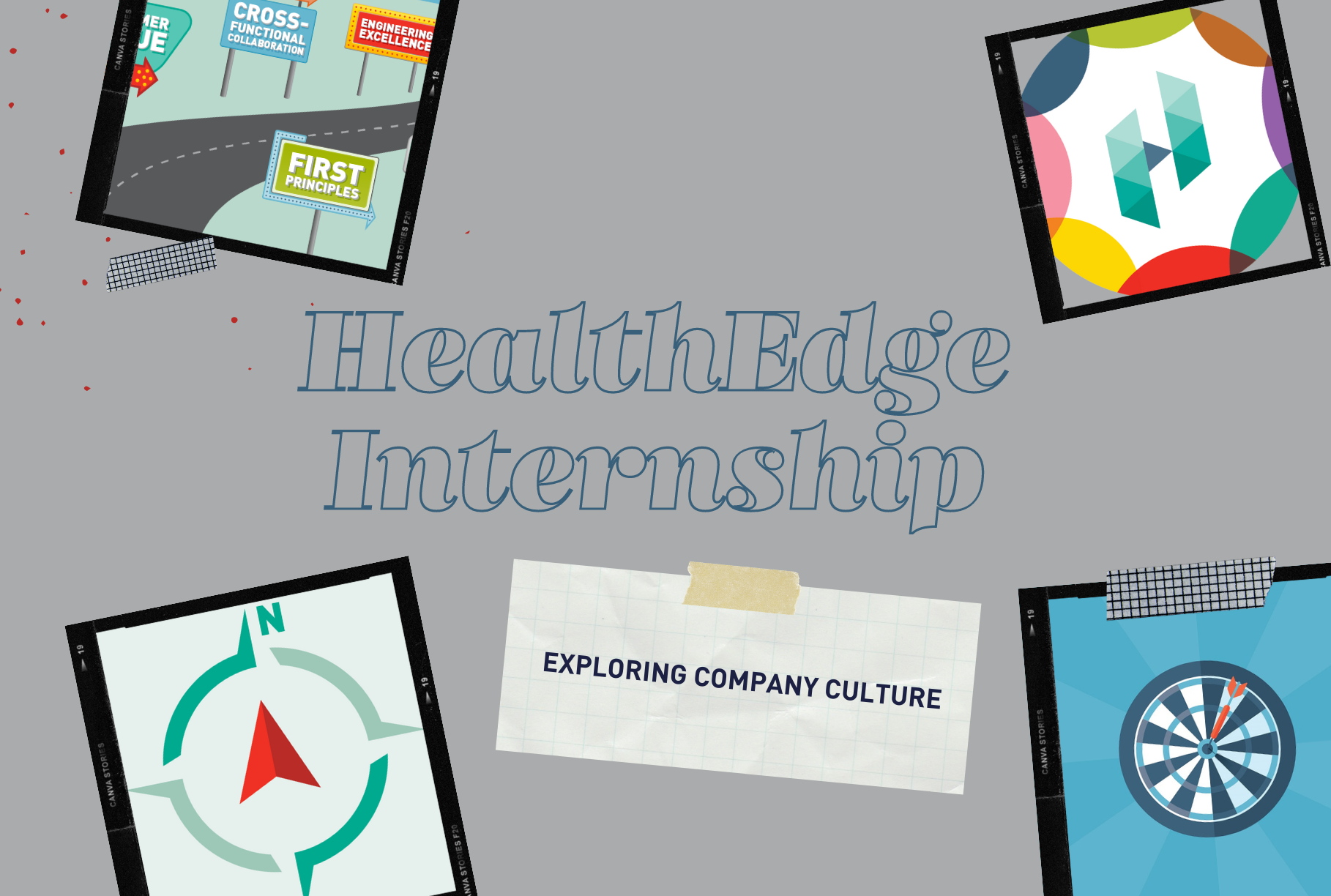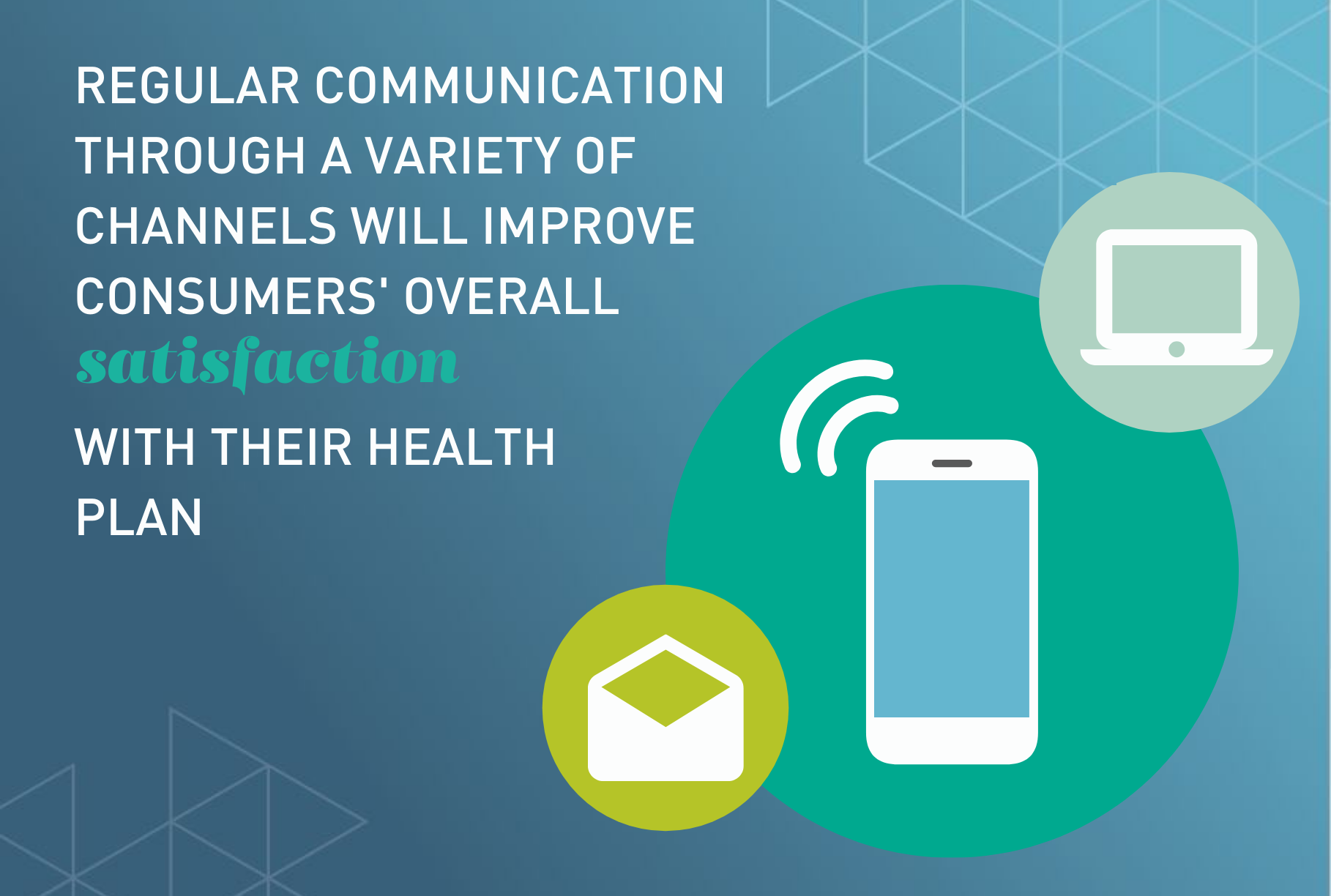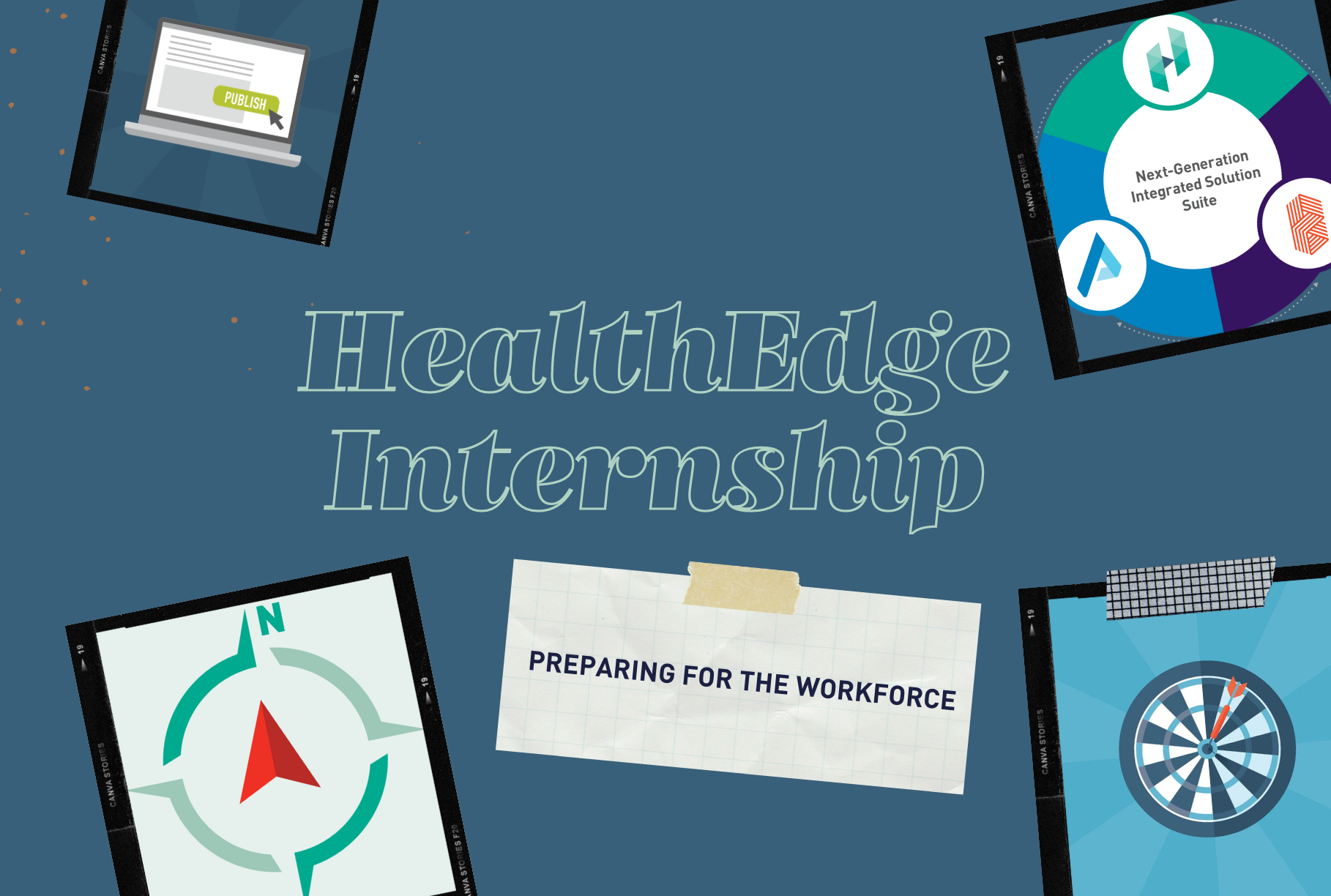Existing fee-for-service payment models are not scalable. Across the industry, there is an increasing emphasis on finding ways to deliver quality care while controlling costs. Health plans are transitioning from those older arrangements to new types of value-based reimbursement. There is a wide variety of effective value-based arrangements; this shift requires health plans to have the flexibility to negotiate, test, and implement a variety of payment models with more science and data behind them.
Especially on the national level, we’re seeing a conversion to using Medicare as a benchmark to make more informed decisions because it has one of the most robust data sets. For example, a health plan may use that as a reference point and decide to pay a specific percentage of Medicare, and then create some additional benefits for maternity care, different types of rehab, or cover more dental services or vaccines, among other things.
National payers need access to real-time data to find the best way to structure agreements that support their goal of providing quality care while keeping costs low. They require technology with the business intelligence tools to model and forecast different pricing scenarios, customizations, and edits to see the best way to transition from fee-for-service to value-based care reimbursement.
When taking a value-based approach, it’s crucial for health plans to have all of the information up-front and understand the impact of specific determinations on their providers. The ability to model arrangements using existing claims and run reports before putting them into place allows health plans to make informed business decisions and have better conversations and negotiations with their provider network.
The shift to new reimbursement models does not have to be contentious and can benefit all stakeholders. We’ve worked with several clients to transition to new arrangements where they can realize the cost savings while also still doing right by their providers.






